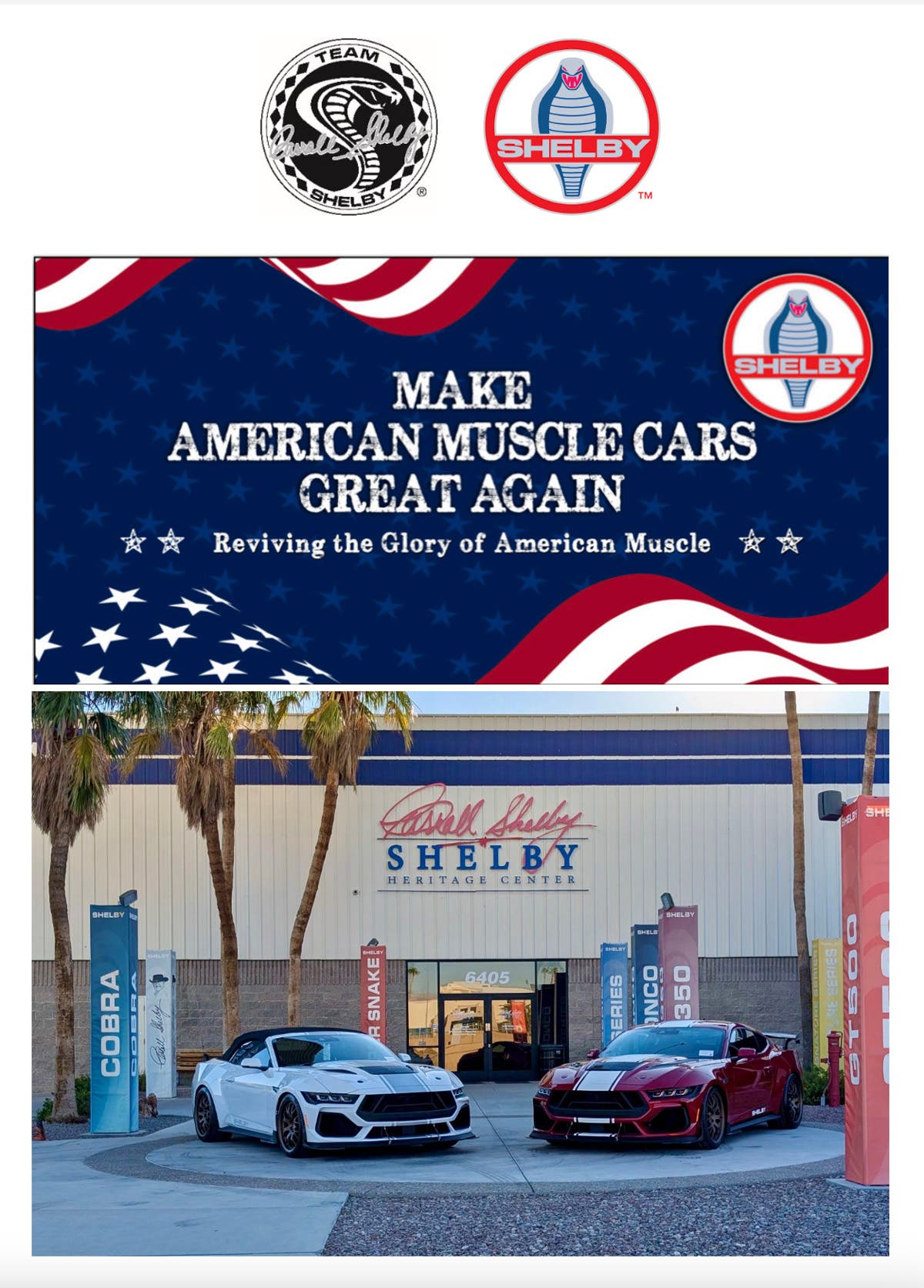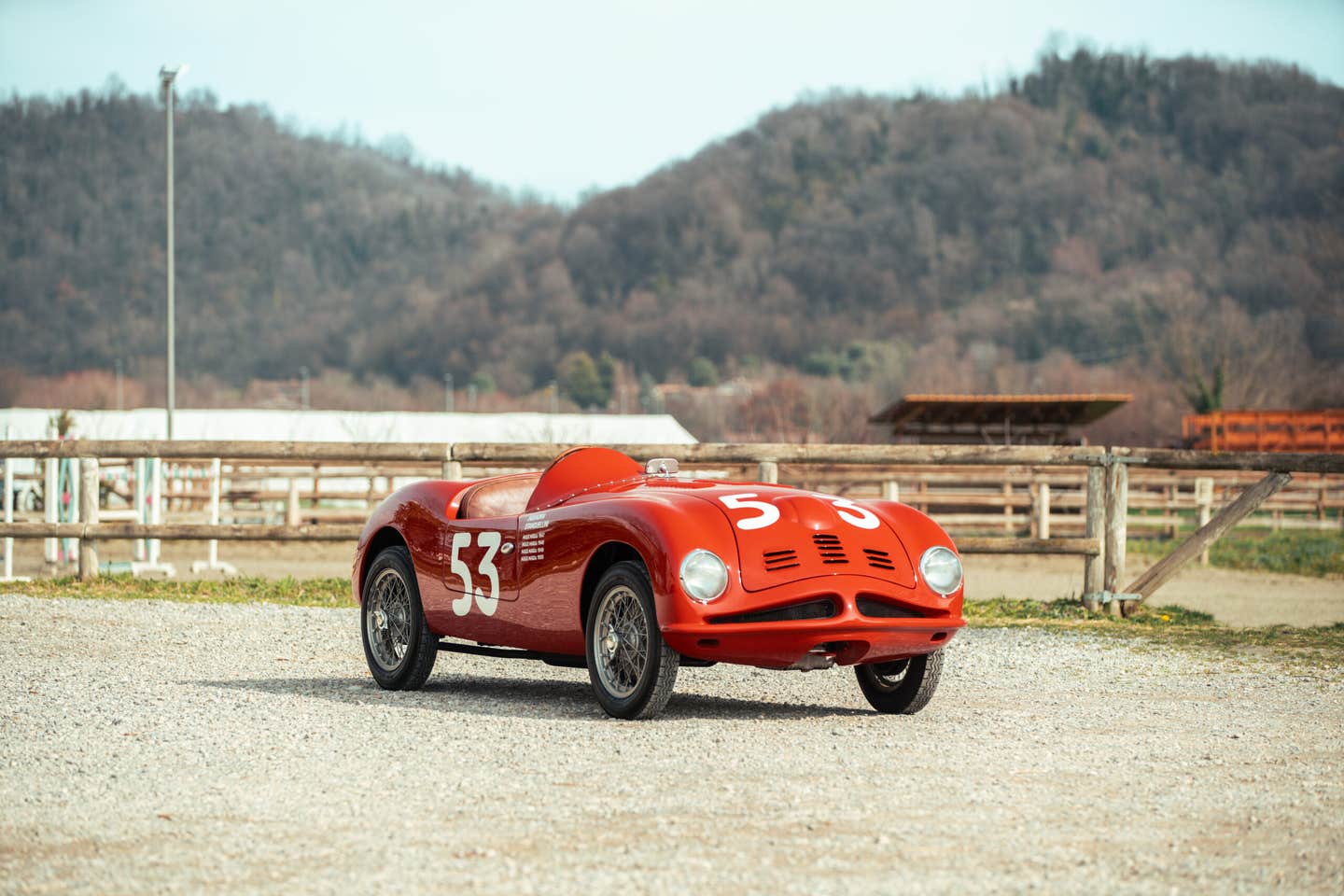Q & A with Kit Foster: October 13, 2015
Q.I found this key fob at a yard sale a few years ago. It says “GM Powerama 1955.” Can you shed some light on this? I’ve heard of the Motorama,…
Q.
I found this key fob at a yard sale a few years ago. It says “GM Powerama 1955.” Can you shed some light on this? I’ve heard of the Motorama, but not Powerama.
— Jim Sikora, Western Springs, Ill.
A.
I hadn’t heard of it either, but the internet has. This brochure explains it as the “World’s Fair of Power,” held Aug. 31 to Sept. 25, 1955, on Lake Shore Drive in Chicago. Represented were GM divisions Allison, Cleveland Diesel, Detroit Diesel, Diesel Equipment, Electro-Motive, Euclid, Fabricast, Frigidaire, GMC Truck & Coach and GM Research. Did any of our readers attend?
Q.
The article on the nicely restored (and seemingly fully chromed) 1942 Mercury convertible (Sept. 17) left me wondering about other ’42s; the so-called “blackout” models. Specifically, I’d like to know what items were blacked out; what was the blackout material (and color); and was it applicable to only the latest models produced, or why do some have it, others not?
— Ken Hixson, Lexington, Ky.
A.
I can’t give much insight into what the manufacturers actually did, but the regulations imposed on automakers have been documented in news reports and government records. The Society of Automotive Historians published an article on this subject in Automotive History Review, their occasional magazine, in 1994. In it, author Taylor Vinson described how President Franklin Roosevelt declared a national emergency on May 27, 1941, which was followed by an agreement with nine auto producers to reduce their production of 1942 models by 20 percent. As the likelihood of war became greater, this was increased to 50 percent.
The Office of Price Administration requested that not later than Nov. 1, 1941, manufacturers discontinue the use of superlatives, such as “Super” and even “Deluxe,” to designate their model lines. The sales catalogs were already in print, however, and model badges for the cars had been tooled, so this regulation had little effect. As the 1942 model year introductions began in August 1941, various material substitutions came into effect: molybdenum-alloy or cast-iron pistons instead of aluminum, for example, and steel stampings instead of die-cast trim. Whitewall tires were discontinued because zinc oxide was involved in their manufacture.
The initial modifications to trim were simply a reduction in nickel content. By summer 1941, rumors abounded that all brightwork would be banned by the new year. On Oct. 24, Passenger Car Limitation Order L-2b decreed that from December 16, only bumpers and bumper guards could be of bright metal. Since much trim had already been produced, manufacturers were allowed to use it as long as it didn’t appear bright. This was the “blackout trim” referred to by the public. Automakers reacted by painting over the chrome and stainless already produced, in body color or in a neutral shade such as gray, or just left it off the cars. You can see many examples by googling “1942 blackout car images.” As for the painted trim, the plating underneath likely survived better than the paint, so authentic original blackout trim is probably hard to find today. It’s not hard to reproduce it, though. All it takes is some paint, as the restorers of blackout cars have done.
As the U.S. was already at war, and since production of all passenger cars was halted early in February 1942, author Vinson estimated that probably only about 225,000 cars were sold with blackout trim. A Rationing Order issued later that month decreed that some 521,000 unsold 1942 cars be reserved for essential users, including physicians, ministers, firefighters, mail service, taxis and the like.
To submit questions to this column: E-mail
oldcars@krause.com or mail to:
Q&A, Old Cars Weekly
700 E. State St., Iola, WI 54990-0001.







